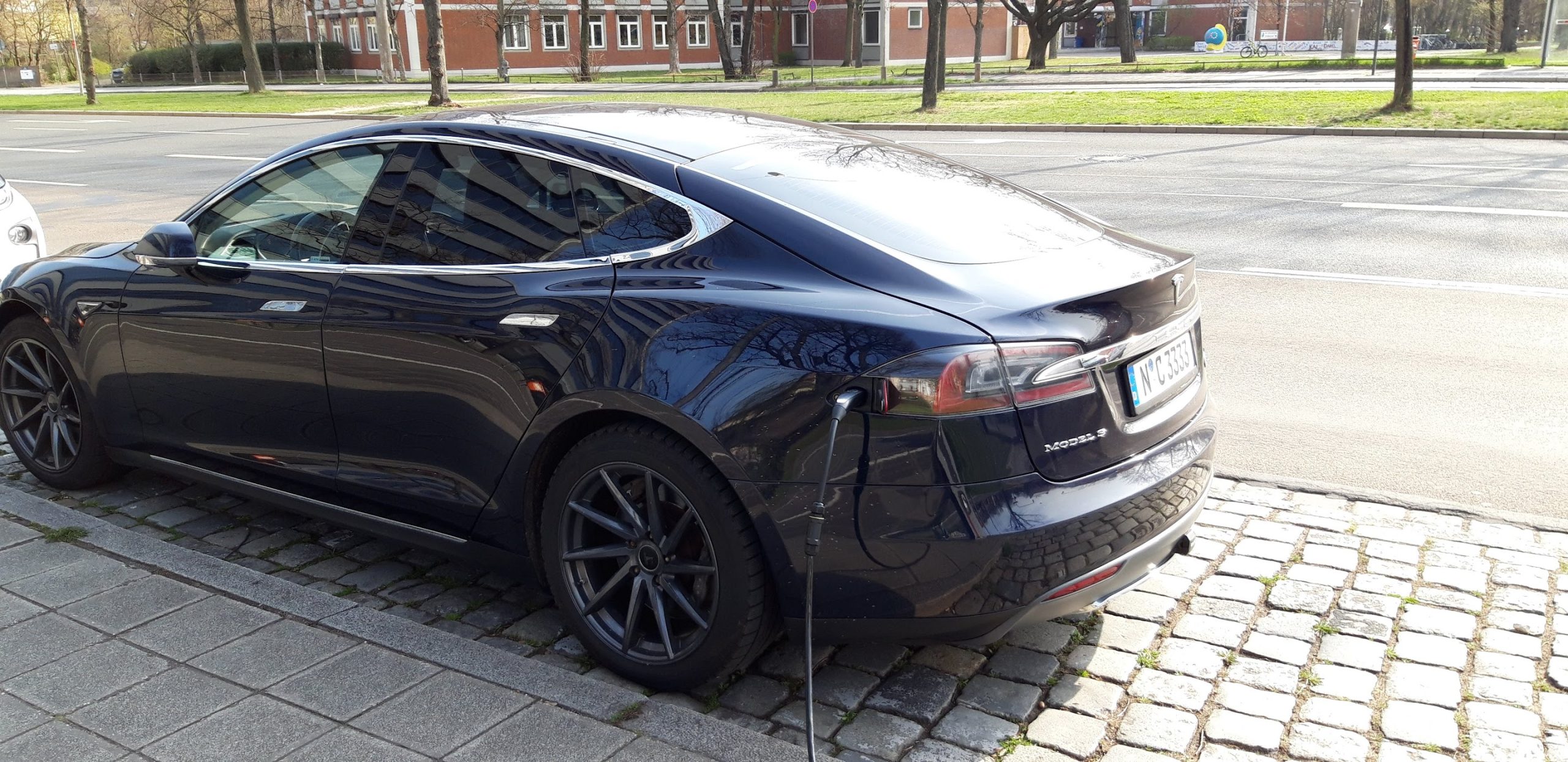Another breakthrough in Quantum Computing has been achieved by PsiQuantum, a company known for its silicon photonics, one of the largest VC investment raises in the Quantum Space, and the plan to build utility-scale quantum computers. PsiQuantum’s article showed how electrolyte molecules in Lithium-ion batteries can be simulated on a fault-tolerant quantum computer, which could lead to new battery designs for cars.
The paper is called “Fault-tolerant resource estimation for quantum chemical simulations: A case study on Li-ion battery electrolyte molecules.” The paper, which was published in the journal Physical Review Research on April 7, 2022, gives a step-by-step explanation of how fault-tolerant quantum computing can speed up battery designs, including Lithium-ion (Li-ion) batteries, which are the most common type of battery in electric cars today. It describes how electric vehicle manufacturers will be able to do previously unachievable battery chemistry simulations and speed the development of next-generation batteries by utilizing fault-tolerant quantum computers, which are now in development.
During charge and discharge cycles, lithium-ion batteries move charge from one electrode to another across a material called an electrolyte, which moves the charge from one electrode to the other. New and better electrolytes will have a big impact on how well batteries work, how quickly they charge, how long they last, how much they cost, and how safe they are.
The process of making new Li-ion batteries now involves a lot of trial and error. Simulating and testing new chemistries in a computer, as is already done for things like aerodynamics and mechanical design, could speed up this long and costly R&D process. Conventional supercomputers, on the other hand, can’t model the important quantum behavior of the molecules and reactions in question. Quantum computers are said to be able to get around this limitation.
Quantum Computing and EV batteries
PsiQuantum’s team looked into quantum algorithms that could be used to simulate the effects of the common electrolyte additive, fluoroethylene carbonate. They looked at these electrolyte simulations and found new optimizations that were only visible at the scale of fault-tolerant quantum computation. This made the resource overhead of the application easier to handle. They also showed that a method called interleaving, which is specific to photonic quantum computing, can be used to trade off the time and memory resources of a quantum computer. These new findings are a big step toward the goal of running efficient chemistry simulations on a quantum computer.
“Better batteries are vital for our continued transition away from fossil fuels towards more sustainable forms of transport and energy storage,
We’ve been able to optimize and enhance how a quantum computer can improve the molecular design of batteries by carefully considering how fault-tolerant machines of the future will operate. In light of greater recognition that error correction will be required to run useful quantum algorithms, customers are coming to us to understand fault-tolerant programming and resource requirements when assessing potential applications.
Pete Shadbolt, chief scientific officer at PsiQuantum

The PsiQuantum team evaluated how existing ideas in quantum algorithms may be implemented in, and optimized for, fault-tolerant hardware in the study – a vital and arduous step required to have any sense of how tough the algorithms will be to run.
PsiQuantum’s Fault tolerant Quantum Computer
The team was able to discover that when performed on a fault-tolerant quantum computer, these approaches may replicate normally inconceivable electrolyte interactions in a matter of hours. PsiQuantum’s research includes a full analysis of the resources and costs required to perform this algorithm for a variety of candidate molecules, including details on how to compile and run this algorithm on PsiQuantum’s fault-tolerant quantum infrastructure.
Read more about the news here.

